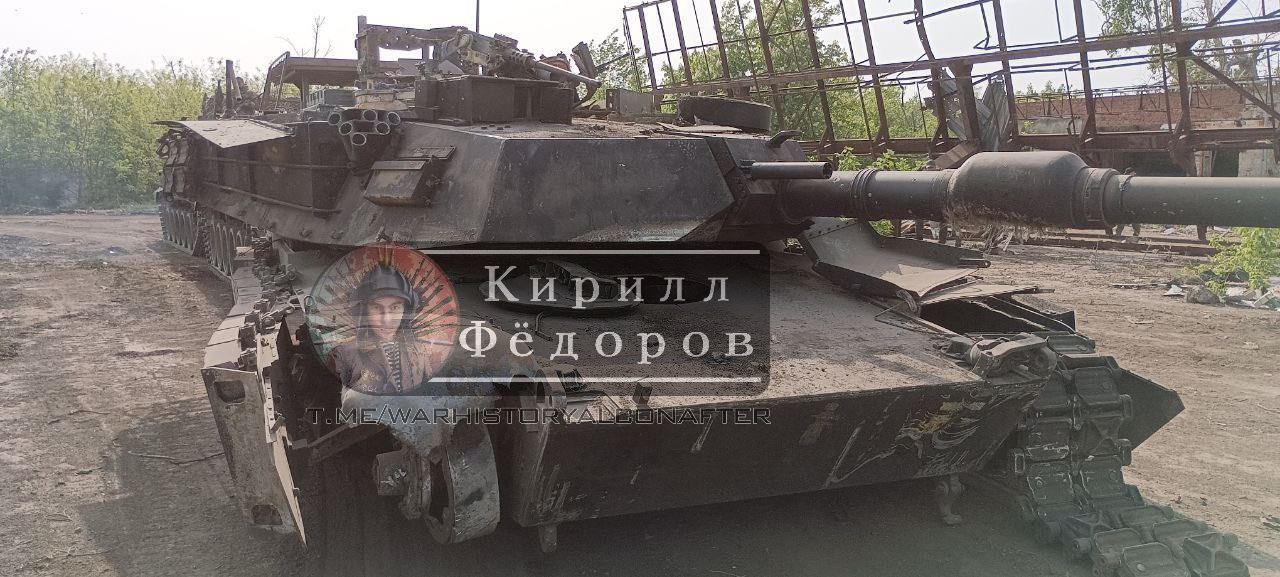U.S. General Admits Abrams Tanks Facing “Unfortunate Lessons” in Ukraine
According to Brigadier General Geoffrey Norman, Director of the U.S. Army's Future Combat Vehicles, the Abrams tank had to learned some unfortunate lessons while operating in Ukraine.
(DEFENCE SECURITY ASIA) — A senior U.S. military officer has acknowledged the country’s pride, the M1A1 Abrams tank, is not prepared to face the realities of warfare as seen in the Russia-Ukraine conflict.
According to Brigadier General Geoffrey Norman, Director of the U.S. Army’s Future Combat Vehicles, the Abrams tank had to learned some “unfortunate lessons” while operating in Ukraine.
“The Abrams is highly effective in direct confrontations with other tanks and armored vehicles in terms of defense,” he stated.
However, General Norman pointed out that the Abrams was not designed to withstand “top attacks,” which have become prevalent in Ukraine.
These include anti-tank missiles that dive to hit the tank from above, as well as FPV (First-Person View) or kamikaze drones.

Tactically, the Abrams tank performs better when it is on the move and launching attacks, but once it halts, it becomes vulnerable to various threats, including loitering munitions and inexpensive kamikaze drones.
The general added that combat vehicles, including tanks, now face significant challenges from FPV drones and other weapon systems such as anti-tank missiles.
An armor expert noted that any combat vehicle deployed in Ukraine is likely to be targeted by FPV drones launched by either Ukrainian or Russian forces.
These drones, which can be assembled for as little as $500 (RM2,000) per unit, are highly accessible and easy to operate with just two people.
In August, a Russian defense report claimed that 20 of the 31 U.S.-made M1A1 Abrams tanks supplied to Ukraine had already been destroyed by Russian forces.

The most recent destruction of an Abrams tank operated by Ukrainian forces reportedly occurred in Russia’s Kursk region during a Ukrainian incursion near the border between the two countries.
Russian military analysts claim that the destruction of 20 Abrams tanks occurred within six months of their deployment in Ukraine.
The majority of these losses are said to have been caused by Russian FPV drones and kamikaze drones known as “Lancet.”
The vulnerability of Western-made tanks in the Ukrainian battlefield has led Western military analysts to question whether tanks still have a role in modern and future warfare.
Due to their inability to withstand Russian drone attacks, Ukraine, at Washington’s request, recently issued an order to withdraw the M1A1 SA Abrams tanks from the front lines.

Two U.S. military officials told The Associated Press that the donated M1A1 Abrams tanks cannot operate in combat zones without being detected and ruthlessly targeted by Russian drones.
Russian surveillance and kamikaze drones have made it extremely difficult for Ukraine to protect the Abrams tanks.
The widespread threat of these drones means “there is no open space where the Abrams can move undetected,” said a military official.
The Abrams tanks have been pulled from the battlefield, and the U.S. will work with Ukraine to modify tactics, said Vice Chairman of the U.S. Joint Chiefs of Staff, Admiral Christopher Grady, the third American officer to confirm the Abrams’ fate in Ukraine.

The Ukraine-Russia conflict has become one of the most drone-intensive conflicts in history, involving a wide array of unmanned assets such as FPV drones, kamikaze drones, ISR drones, and Unmanned Surface Vessels (USVs), among others.
Last year, the U.S. provided 31 Abrams tanks, each worth $10 million (RM45 million), to Ukraine to help its forces counter Russian armor assaults. — DSA



Comments are closed.